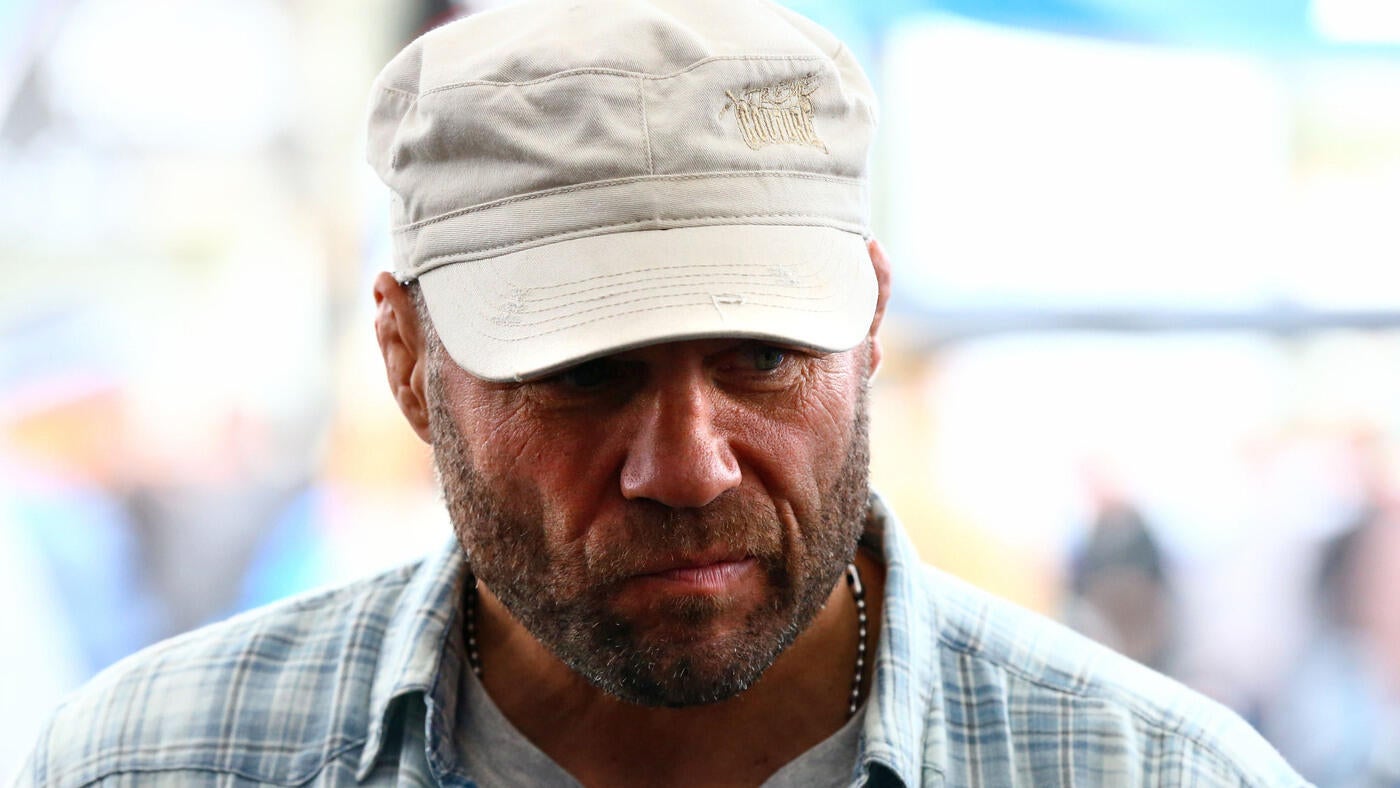
On the morning of June 1, Dr. Victoria Rose was nearing the end of her 21-day stint as a volunteer in Gaza when she saw news of a mass shooting of Palestinians near a food distribution point.
A senior plastic surgeon in London, Dr. Rose, 53, had come to the enclave with a small British charity that has sent medical workers to humanitarian crises in countries including Bosnia and Herzegovina and Sri Lanka.
Dr. Rose went straight to the emergency room at Nasser Hospital where she was based, arriving around 8 a.m. It is the last major hospital still functioning in southern Gaza.
“There were ambulances coming in, just bringing dead people, and then there were donkey-drawn carts bringing dead people,” she recalled in an interview in London. “By about 10 o’clock, we had 20 or so dead bodies, and then easily a hundred or so gunshot wounds.”
In her three weeks at Nasser, Dr. Rose said she saw a health system under extreme pressure from an unrelenting stream of people with traumatic injuries. Compared with her previous two trips during the war, she said, many more patients have suffered “unsurvivable” burns or severe blast injuries from Israeli bombs.
“They weren’t shrapnel wounds anymore — bits of them had been blown off,” she said. “Children were coming in with knees missing and feet missing and hands missing.”
For 21 months, Gazan civilians have suffered as Israel has unleashed one of the most intense bombardments in modern warfare in its campaign against Hamas. And since June 1, more than 700 Palestinians have been reported killed, and about 5,000 injured, in almost daily shootings near food distribution sites run under a new aid system backed by Israel and the United States, according to the Gaza health ministry.
The mass casualties have deeply tarnished the aid initiative, the Gaza Humanitarian Foundation, or G.H.F., which employs mostly American private security contractors, supported by Israeli troops stationed nearby. Dozens of aid groups have called for it to be shut down.
Officials from Israel and G.H.F. have said the casualty figures provided by the health ministry are inaccurate, without providing an alternate toll or addressing other figures. This week, the International Red Cross said its Rafah field hospital had treated over 2,200 weapon-wounded patients, most of them injured in 21 mass casualty events, and had logged 200 deaths since the new aid system began, adding that “the scale and frequency of these incidents are without precedent.”
Israel has barred foreign journalists from entering Gaza since the war began, except on controlled military embeds. As a result, medical workers for charities like Doctors Without Borders, the Red Cross and Ideals, which Dr. Rose volunteered for, are among the few international observers who can give firsthand accounts of the aftermath of these shootings and about the condition of Gaza’s few remaining hospitals.
All the patients Dr. Rose treated on June 1 said they had been shot by people guarding the food distribution point. Several people, she said, told her they were shot by “crowd control” while running away, although it is not clear what that phrase referred to. Their accounts were consistent with bullet wounds she treated to the back of people’s legs, she said, as well as to the torso and abdomen.
“We’re in that point where people have been reduced to such a level of deprivation that they’re prepared to die for a bagful of rice and a bit of pasta,” she said.

The Israeli military said on June 3 that its forces had fired near “a few” people who strayed from the designated route to the site and who did not respond to warning shots. Then, on June 27, the military said it was investigating “recent reports of incidents of harm” to civilians approaching aid distribution points, including that on June 1, adding that “any allegation of a deviation from the law or I.D.F. directives will be thoroughly examined.”
The Gaza Humanitarian Foundation said in a statement that it disagreed that an incident took place “at or in the immediate vicinity of a G.H.F. distribution site” on June 1. It also denied any injuries or fatalities during its operations since the initiative kicked off on May 26. It added, “Gaza is an active war zone, and G.H.F. doesn’t control the area outside of our distribution sites.”
Dr. Rose usually works as a senior plastic surgeon at the Chelsea and Westminster Hospital in London. Her specialty is breast reconstruction for cancer patients, but in her 30-year career she has also treated traumatic injuries from road accidents and shootings. That did not prepare her, she said, for the scale of suffering she encountered on three trips to Gaza in the past 14 months. “I’ve not seen this volume and this intensity before,” she said.
The youngest patient she treated was a 3-month-old baby in May, she said, whose abdomen and leg had been badly burned in a bomb blast.
Dr. Rose posted regular videos on Instagram showing her work in the hospital. While a few are lighter in tone — in one, titled “Breakfast of surgeons,” she drizzles peanut butter onto a cracker — others are graphic and distressing, showing patients with severe wounds. “I just thought people needed to see what I was seeing,” she said. In a post on May 23, she introduces a 3-year-old, Hatem. He is almost entirely wrapped in bandages. “He has a 35 percent burn,” she says in the video. “That’s a massive burn for a little guy.”
Since the Hamas-led attack on Israel on Oct. 7, 2023, in which around 1,200 people were killed and 251 taken hostage, more than 57,000 people have been killed as a result of Israel’s campaign in Gaza, according to the Gaza health ministry. That number does not distinguish between civilians and combatants, but it includes thousands of children.
Israeli officials have blamed Hamas for the deadly toll, arguing that the group deliberately embeds its fighters in areas full of civilians. An investigation by The New York Times last year found that Israel significantly loosened safeguards meant to protect noncombatants during the conflict; on a few occasions, Israeli commanders signed off on attacks they knew would endanger more than 100 civilians.
Dr. Rose first worked in Gaza in 2019. As the lead surgeon for plastic surgery trauma at King’s College Hospital in London, she met Dr. Graeme Groom, a British orthopedic trauma surgeon. He inspired her to volunteer for the charity Ideals, which trains surgeons in the territory. When Israel’s bombing campaign started after the Oct. 7 attacks, she was still in touch with one doctor she helped train, Ahmed El Mokhallalati.

Dr. El Mokhallalati usually texted for advice about cancer patients, she said, but he started sending “picture after picture of children with half their leg missing,” asking whether he should amputate or try to save their limbs.
Dr. Rose recalled saying to her partner, “Look, I think I need to go and give him a hand, because he’s dealing with a lot right now, and he’s only just finished his training.”
She traveled to Gaza in March 2024, again in August and most recently this May. On average, she treated 10 patients a day on her last trip, and she estimated that about 60 percent of those were under the age of 15.
Poor sanitation and widespread malnutrition worsened their survival rates, she said. The United Nations warned of “a growing likelihood of famine” in June, after Israel’s two-month blockade on aid, which ended when the Gaza Humanitarian Foundation began operating. Israeli officials said the blockade was necessary to pressure Hamas to compromise in negotiations.
Malnutrition leaves the body less able to repair wounds and weakens the immune system, Dr. Rose said, adding that antibiotic shortages in Gaza meant that doctors were “unable to prevent infection, and then unable to treat infection.”
She left the enclave on June 3. Asked how it felt to be back in London, she said, “I am a little bit — ” and paused. “Not shellshocked. I’m sort of still in it, though.”
Officials from Israel and Hamas have been holding talks in Doha, Qatar, to end the war but they have been wrangling over the terms of a deal that would see the release of hostages held in Gaza in exchange for the release of Palestinian prisoners.
On June 20, Dr. Rose shared a small piece of good news. Hatem, the 3-year-old burn victim, has been evacuated to Abu Dhabi, where his treatment can continue in safety.
But she still thinks about the children she treated who did not survive, she said, and her Palestinian colleagues, who are still in Gaza trying to save lives. “What a Team! … wonderful people who work all the hours to help those in need,” she wrote in one of her last posts from Nasser. “They are the heroes.”
Aaron Boxerman and Adam Rasgon contributed reporting from Jerusalem.









-3.png)



